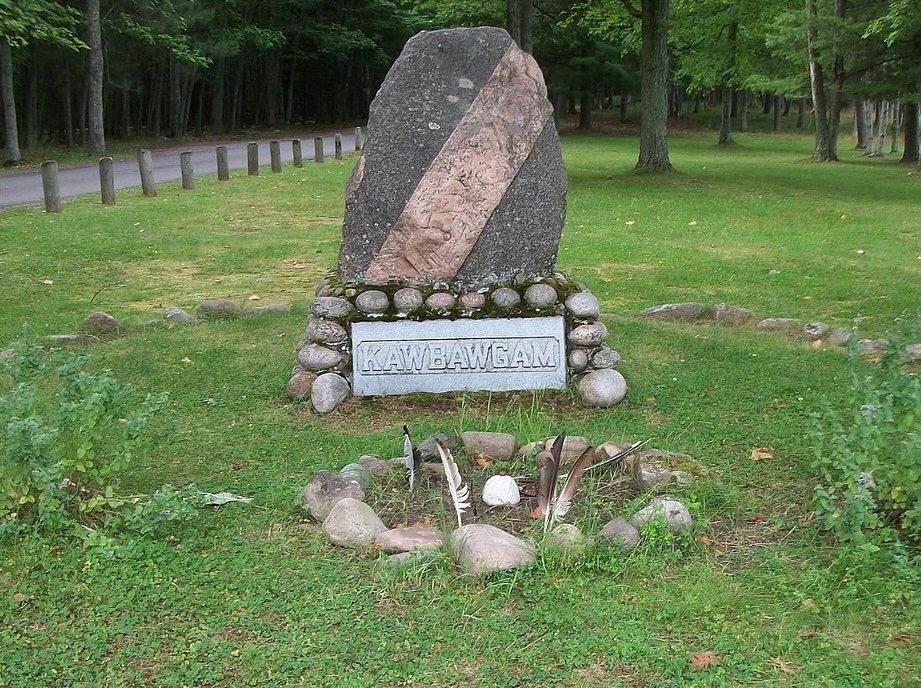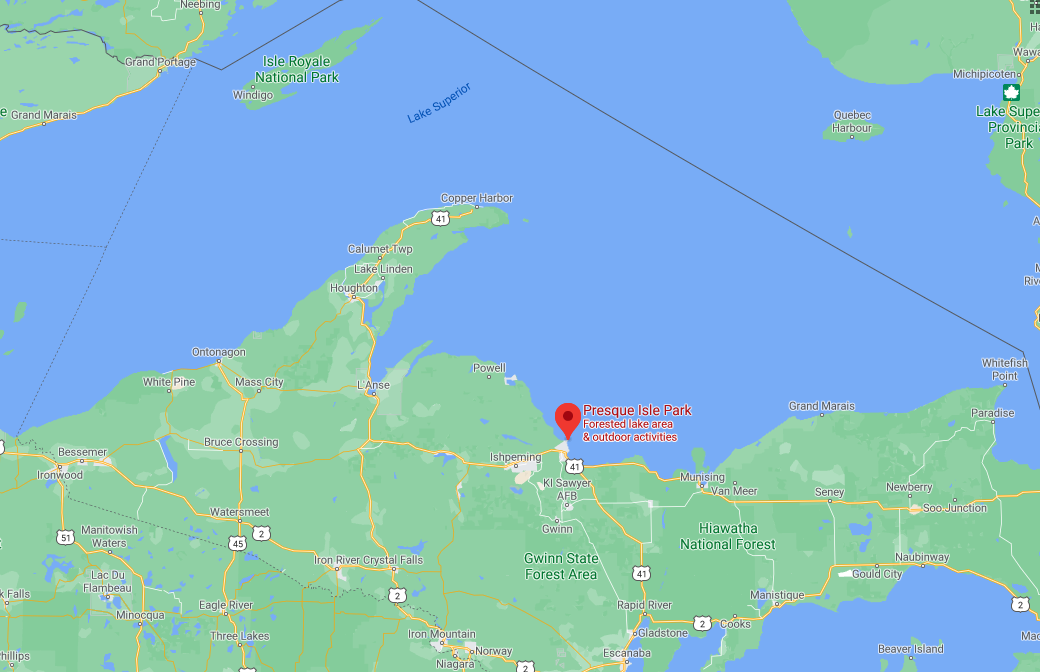On October 1, 1988 two people entered Presque Isle Park and only one came out alive. The question of who killed Paul Girard on a sacred Native American chief’s grave may soon be answered. The key to solve the 33-year-old cold case may be buried in Lake Superior or it might be with scientists in Michigan.

Paul Girard

Charles Kawbawgam Grave

Presque Isle Park

Presque Isle Park

Presque Isle Park
Episode Source Material
- Presque Isle Park Info – Rentals
- Presque Isle Park Info
- Presque Isle Park Info – Things to Do
- Michigan History: Marquette
- Charles Kawbawgam Find A Grave
- Kawbawgam: The Chief, The Legend, The Man by Tyler Tichelaar
- In Brief: Marquette, by Staff for Detroit Free Press
- Police Seek Suspect in Slaying at Park, by The Associated Press via The Herald-Palladium
- Slasher Sought in Marquette, by Staff for The Herald-Palladium
- New Details Come Forward in the Case of Paul Girard’s Unsolved Murder from 1988, by Nicole Buchmann for WLUC News Channel 6
- Police Release Sketch of Person of Interest in Marquette Murder, by Jackie Jahfetson for The Daily News
- The Damron Address Book by Bob Damron ‘A Green Book for Gays, Kept A Generation of Men In The Know, by Kate Sosin for Los Angeles Magazine
- Almanac Data for Marquette, Michigan
- Delia D’Ambra Interview on 11/20/2020 with Detective Doug Heslip of Marquette City Police Department
